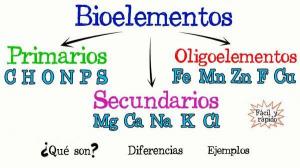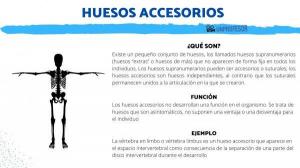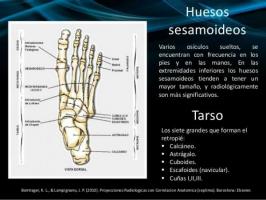Seminal vesicle function

Image: Slideplayer
The vesicles or seminal glands are part of the accessory glands of the male reproductive system. The seminal vesicles are a paired organ, that is, each male has two units and they are located behind the urinary bladder, in front of the rectum and just above the prostate to which they join. The main function of seminal vesicles is, together with other accessory glands of the reproductive system, to generate part of the substances that make up in seminal fluid. In this lesson from a TEACHER we will talk more in depth about the function of the seminal glands and what happens if they are diseased or injured.
The seminal vesicles are accessory glands of the male reproductive system They have a pyriform shape (similar to the little finger of the hand and an average size of 5 to 10 cm in length and a diameter of 3 to 5 centimeters. However, seminal vesicles decrease in size over time. They are easily distinguishable because they are behind the bladder, just in front of the rectum, and both seminal vesicles. form a "V" just above the prostate.
The seminal glands are a folded and coiled tube that empties into the different conductor. It is there where the content of the seminal vesicles joins the other components of the semen generated in other structures and the ejaculatory duct is formed. This ejaculatory duct is the one that pierces the prostate and ends in the urethra, which releases semen to the outside during ejaculation.

Image: Slideplayer
The functions of the seminal vesicles have not been extensively studied, so so far only one function is known: the seminal fluid production. The seminal vesicle produces more than 60% of seminal fluid. These glands generate a liquid rich in substances, some of which the function is known but others the reason for their presence in the seminal fluid is unknown.
The fluid produced by the seminal vesicles is rich in fructose which serves as a metabolic substrate for sperm. Fructose is used as fuel for sperm to stay alive until fertilization but also to produce the large amount of movement necessary to reach the Ovum. This liquid is also rich in other saccharides, amino acids, ascorbic acid and prostaglandins, whose function is not known but it has been speculated that they can react with the woman's cervical mucus and make the movement of sperm more fluid.
Another of the molecules that make up seminal fluid is Semenogelin 1, a protein believed to help keep sperm less mobile until ejaculation. It is speculated that Semenogelin 1 decreases sperm motility and, when ejaculation, the protein is cleaved by a proteolytic enzyme, called prostate specific antigen (PSA). The PSA would make the sperm regain their mobility when ejaculation occurs.
Seminal fluid also contains flavins, some pigments for which a function has not been found within the seminal fluid but which are very important in forensic medicine. Flavins are yellow pigments that, in addition to giving semen the characteristic yellowish-white color, react with ultraviolet light and produce strong fluorescence. This characteristic is what is used to determine the presence of semen stains in forensic medicine research.

Image: Pinterest
Now that you know what the function of the seminal vesicles is, we are going to close this lesson by talking about the main diseases. You should know that the seminal vesicles are not an organ prone to the appearance of primary diseases, although the appearance of conditions and pathologies as a consequence of others. These are the so-called secondary diseases or pathologies.
- A secondary pathology or condition is caused by the seminal vesicle overload. The seminal glands produce more than half of the seminal fluid, so when it is not expelled to the outside, the vesicles fill in excess and their overload occurs. This condition is not in itself a pathology or disease, but it is a very uncomfortable situation for men since the gland swells, is more sensitive and produces discomfort and pain. This situation occurs in situations of prolonged abstinence or diseases that prevent ejaculation and, if the overload enough over time, it can lead to serious long-term consequences, such as rupture of the seminal ducts and sterility.
- Another disease that can occur in the seminal vesicles is the appearance of a infection. Infection of the seminal vesicles is not common, although it can occur when microorganisms from the urine or from outside reach them through the urethra. This infection leads to inflammation of both the ducts that connect the vesicles to the urethra and that of the the vesicles themselves, causing an obstruction of the ducts and / or an overload of the vesicle seminal. These infections can adversely affect sperm motility and their appearance can be detected by a simple urine culture.
- In the seminal vesicles, cysts. The appearance of cysts in the seminal vesicles does not usually produce apparent symptoms, so their discovery is usually accidental when routine tests are being performed or to explore other pathologies. They are usually small in size although older ones can even obstruct the urine duct, and therefore must be surgically removed.
- The seminal vesicles can also undergo the appearance of tumors or cancers. Tumors that appear in the seminal glands are usually discovered late, since they are usually the product of the spread of a cancer originating in another area of the body (secondary). If the tumor is malignant or large, surgical removal and radiation therapy are performed.



